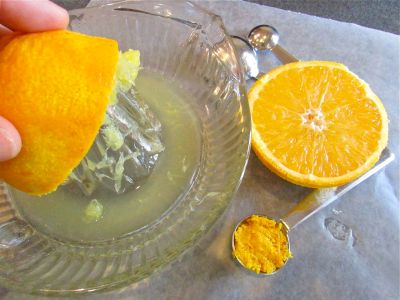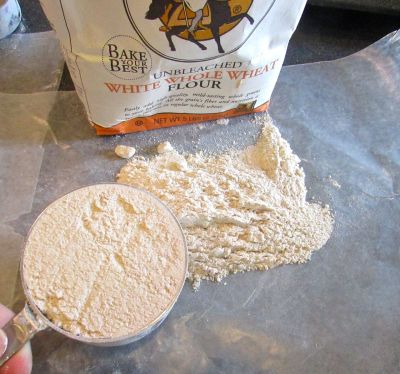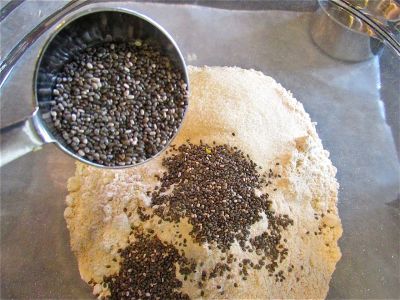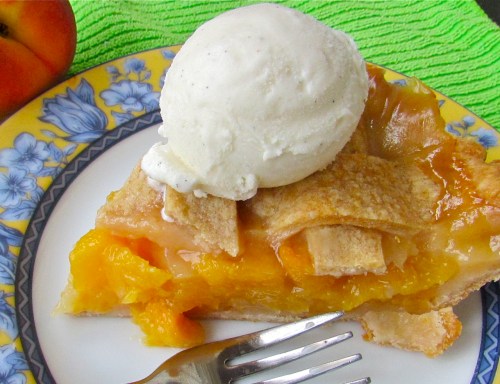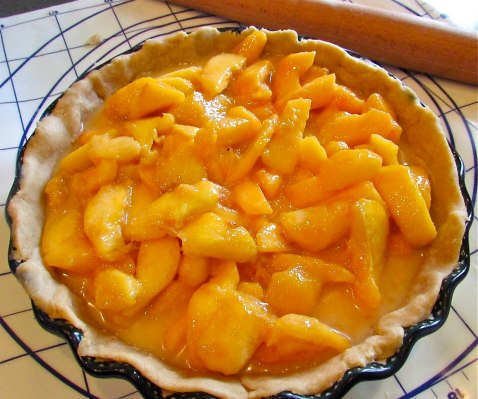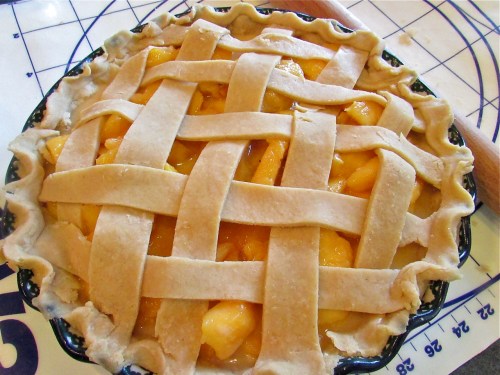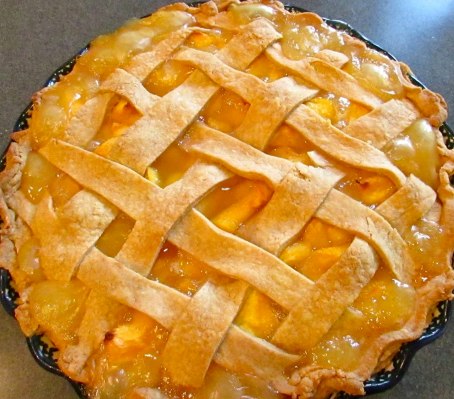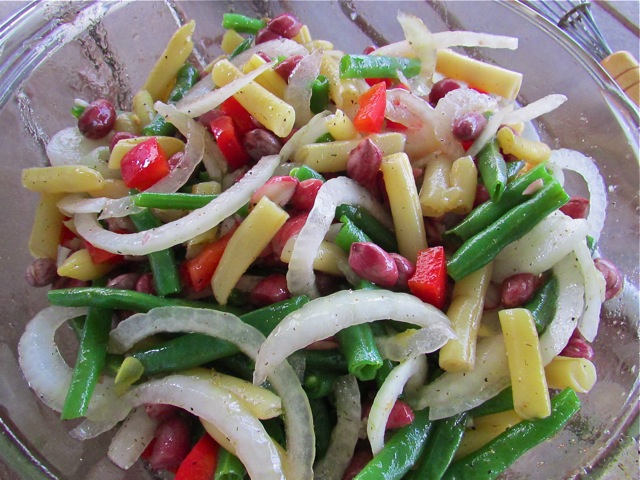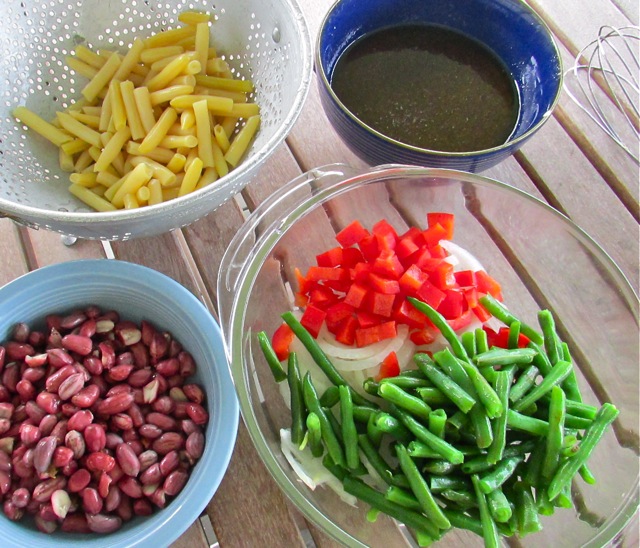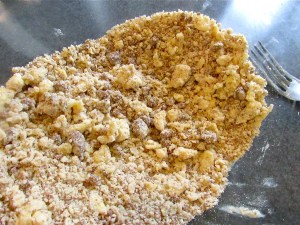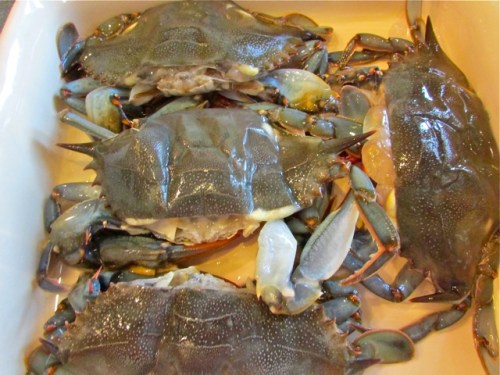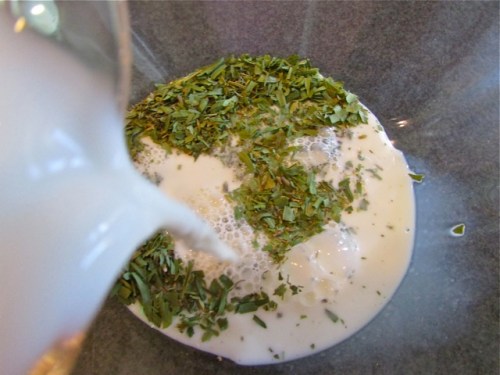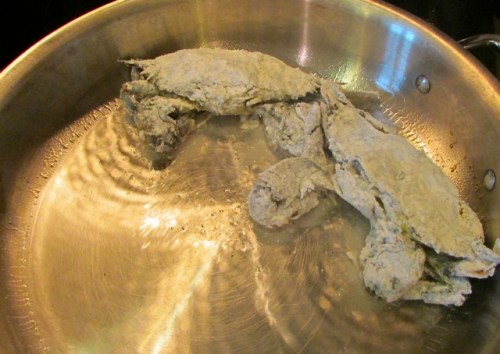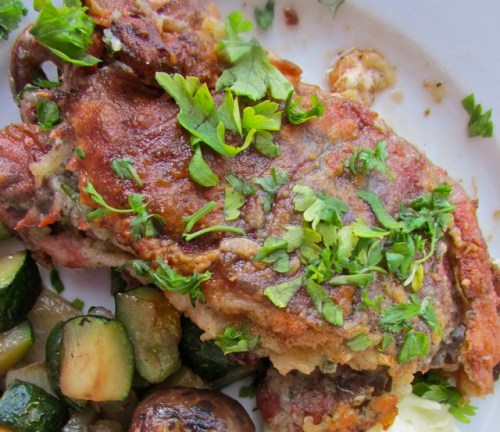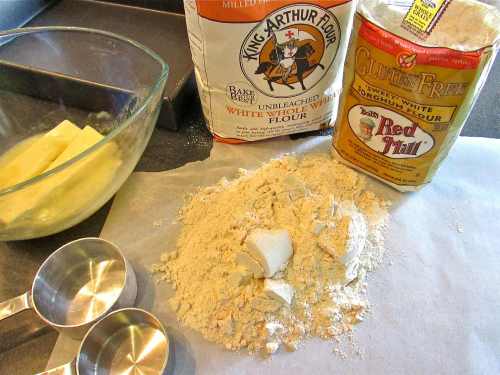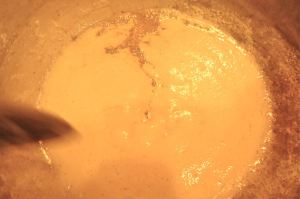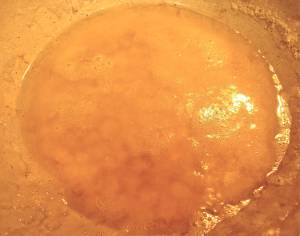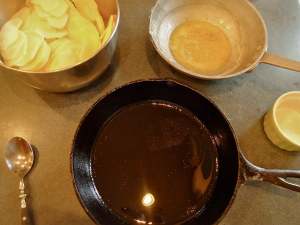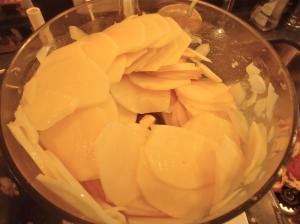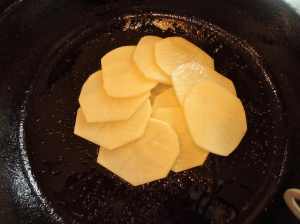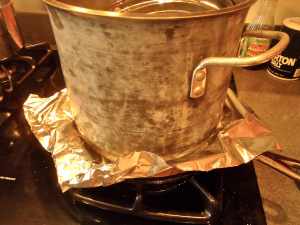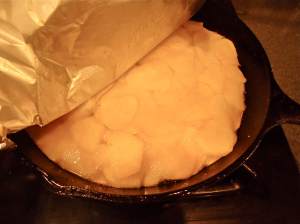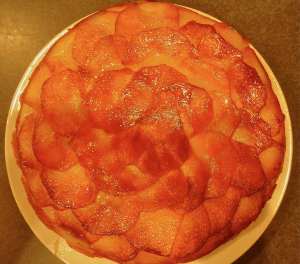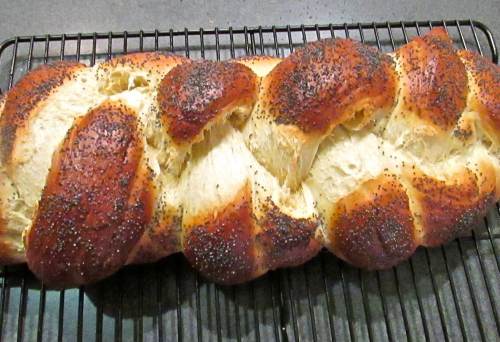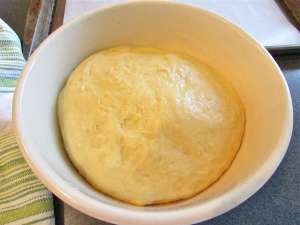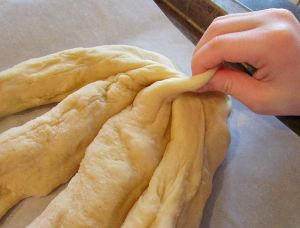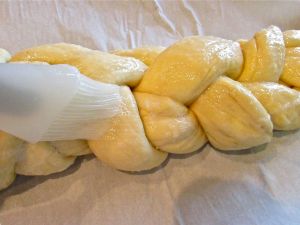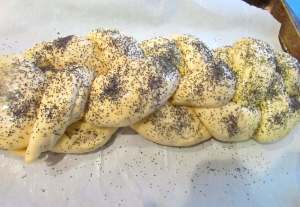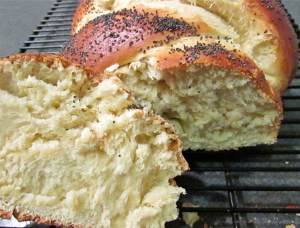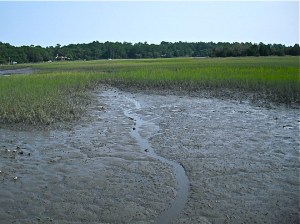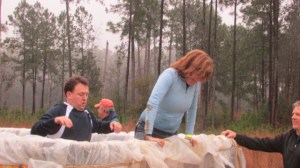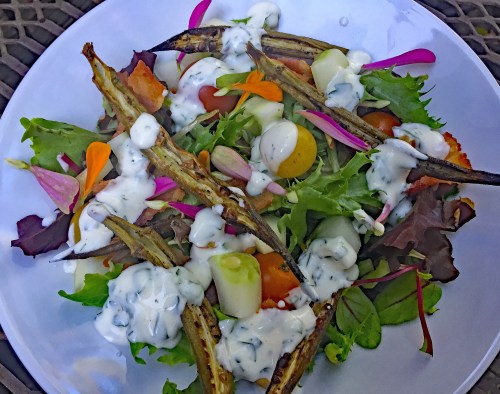
I would state that of all the months of the year, August is probably one of my least favorite. Coronavirus pandemic aside, to me August brings forth the image of a fiery hot sun drenching the outside landscape, opening a door to the outside and being met with a wall of humidity that will almost suck the life right out of you. Hey, but I was born and raised in this environment so I must be ‘used to it’, right? Nope. I will never like the daily weather report for the 8 weeks between about mid-July and mid-September. So H-O-T. Temps in the high 90s… dropping (use that term very loosely) to 76-78 at night. With the humidity, a day that only hits 100 degrees is like a refreshing zephyr. So all you peeps complaining about your 85 degree heat-wave, cool your heels. Ahhh, I love air conditioning!
Okay, so the weather is a boring topic but I promise I have a point. While the WEATHER in August stinks, there is an upside. One is that the Dog Days are almost over…okay, sorry. Seriously, August in the south equals two “BEST of” ingredients, in my opinion. One is okra and the other is the zinnia.
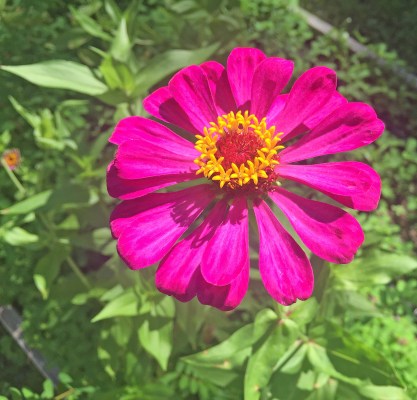
Yes, zinnia is a flower and okra is a vegetable. But have you ever seen an okra plant in bloom? If you have, you know that okra plants have pretty yellow blossoms. I’ve never eaten an okra bloom, but I am hoping to someday soon. And zinnias are… guess what? Edible! Plus they are so very colorful – so many colors and easy to grow. AND they reseed themselves. So all the lazy gardeners out there – the zinnia may be your new favorite plant.
Free-wheeling zinnias make long-lasting cut flower arrangements and as I found add a bitter, yet pleasant twist to a mixed summer salad. Just wash the blooms lightly, dry and pluck off the petals. Toss on top of your salad. Unusual. Pretty. Tasty.

Now to the okra. I was pondering ways to use okra besides either frying or pickling – and I was planning to fire up my smoker so voilà – what about smoked okra? Add in a recent overhead conversation about fried okra and learning that their mother-in-law ‘fries” okra in the oven. Ding-ding-ding. Smoke the okra and ‘fry’ it in the oven … bet that would be good on a salad! Just how smoky will the okra get, I wondered? I am happy to report that mine was smoky. My only mistake in making the smoked okra was not making enough of it. They are so delicious to eat right out of hand – I could have eaten them all myself, but I didn’t. Self control, people.

Dipped straight into the homemade herbed, buttermilk dressing… maybe next time. So if it’s August and you’re going to smoke some ribs or fish or what have you, and have access to fresh okra – try the smoking and roasting method.
Smoked, Roasted Crispy Okra

- 10-12 medium to large okra (best if all about the same size)
- Smoker (prepared with coals or electric) – smoker temp should be ‘medium’, NOT super-hot!
- Woods chips (soak 1 hour and use in the smoker as per usual)
- Olive Oil
- 1 tsp salt
- 1 tsp ground black pepper
- ½ tsp garlic powder
Wash and dry okra. Place on top rack of smoker. In 30 minutes, use tongs to turn okra over and smoke another 30 minutes. Preheat oven to 450 degrees. In a small bowl mix the salt, pepper and garlic powder. Set aside. When okra are tender (they will shrink some and mine were ready after one hour in the smoker) remove from smoker and allow to cool. Split pods in half and toss with a good swish of olive oil (I did not measure, but maybe a tablespoon or so?) and sprinkle with about a ½ teaspoon of the salt/pepper mixture.
Use a baking sheet (with sides) with parchment paper. Place okra in a single layer and roast for about 15 minutes. Shake the pan coupe of times to move the okra around so it cooks evenly. When it is crispy remove from oven. Tends to soften after it sits so for crispiest okra use right away!
Herb Buttermilk Dressing
- 1 cp. buttermilk, I used full fat
- ½ cp. sour cream
- ½ cp mayonnaise (Duke’s is ‘my’ brand- read here for my previous blog post)
- ½ tsp garlic powder
- ¼ tsp. onion powder
- 1/4 tsp. dry mustard
- 1 tsp. dried chives (or 2 tsp fresh minced)
- 1 tbl. green onion tops (finely chopped)
- 1 tsp. fresh dill (minced)
- 2 tbl. fresh parsley (minced)
- Juice of 1 medium lemon
- ½ tsp salt (+ more to taste)
- 1/2 tsp. ground white pepper
In a medium-sized bowl mix everything together well. Cover and refrigerate; wait at least one hour for flavors to meld before using. Adjust salt, if necessary. Will keep in refrigerator one week if well covered. Makes 2 cups.
August Summer Salad

- Mixed salad greens of your choice
- Small cherry tomatoes- washed, kept whole
- Cucumber – washed, sliced or chopped
- Bacon – crumbled
- Smoked Okra
- Zinnia flower petals
- Herb Buttermilk dressing
Compose all ingredients but dressing in a large bowl or on individual plates. Drizzle with dressing. Serve immediately.















